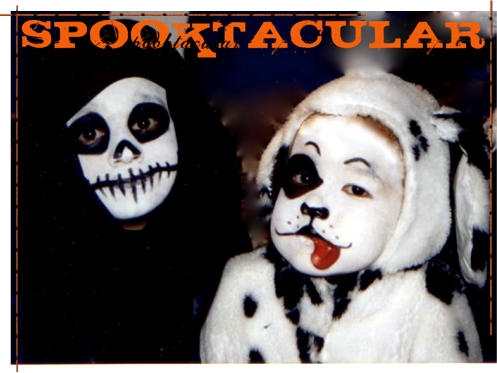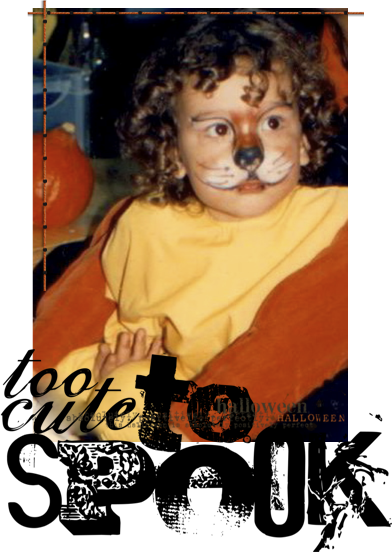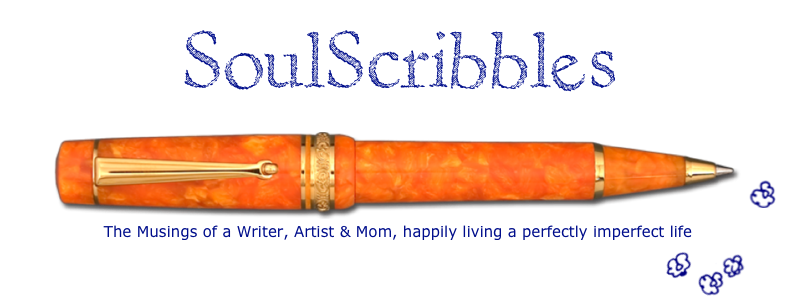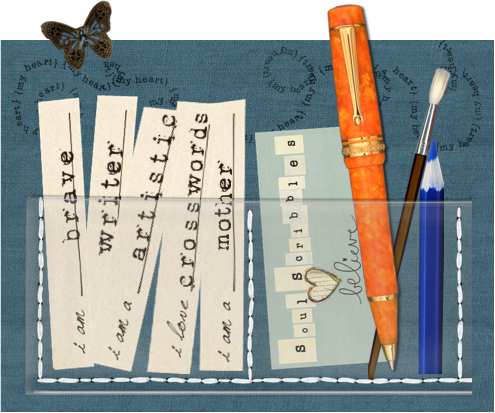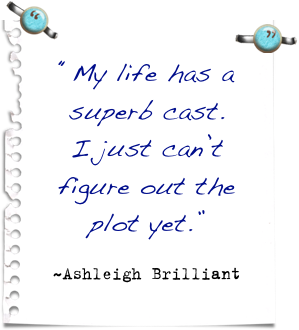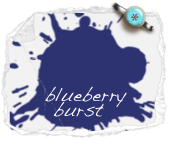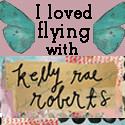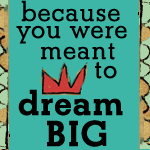 Sunday, October 24, 2010
Sunday, October 24, 2010 Once Upon a Midnight Dreary...

With our faces artfully disguised and our costumes billowing in the evening breeze, my boys and I excitedly made our way towards the School entrance where the annual Hallowe'en party was being held. Living in a country where this celebration does not take place, I was certainly aware of the perplexed stares we received as we had made our way through the village. Completely oblivious to this, my sons happily chattered about all the activities they were looking forward to. High on the list was the Haunted House, which was actually the gym ingeniously transformed by the senior students, who each year took great pleasure in creating a spooktacular experience by leading you through a tour of darkened corners where you could touch such wonderfully gruesome things as bowls of eyeballs (peeled grapes) and warm intestines (buccatini pasta in warm water). Even in the moonlight, as the street became unusually noisy with more costumed families walking in the same direction, I could see the eyebrows of those within earshot rise even further at the gleeful talk of guts, ghouls and gumball candy. I'm sure they wondered what on earth those people who belonged to the International School were doing and for heaven sake's why. When my then six-year-old turned to me and said how he had heard that when parents were kids 'in the olden days', that we actually went house to house, knocking on doors saying 'trick or treat' to neighbours for our candy, I realized just how strange this holiday truly was.
It is certainly not your typical wholesome, family-gathered-around-hearth-and-table kind of observance, but just how do you explain a celebration where menacing faces carved into pumpkins are proudly displayed and where after dark, children dressed up as monsters go door to door and blatantly threaten to deliver a trick if they do not receive a treat?
What's more, how do you explain that this is a much beloved holiday where planning ways to scare people are actually part of the fun?
To the uninitiated, and even to those of us who have grown up doing our own fair share of 'trick-or-treating', the meaning behind Hallowe'en and its customs are baffling. To begin with, one of the biggest misconceptions about Hallowe'en is that it has its beginnings in North America. Its origins actually go back to ancient European civilizations and are a mixture of pagan and Christian customs.
The history of Hallowe'en happens to be quite intriguing and so 'my pretties' (cackle, cackle), if you have ever wondered why such things as candlelit carved gourds with silly sinister faces, eerie disguises, black cats and witches are part of this spookfest, or even why it is celebrated at all, then read on and ponder no more as you learn about the reasons for "once upoon a midnight dreary"...

Hallowe'en was first celebrated well over 2000 years ago by the Celts of Britain (the ancient Irish, Scots and Welsh). This makes it one of the oldest festivals that we continue to mark. The Celts did not call it 'Hallowe'en' then; that came much later. They celebrated what was called 'Samhain' (pronounced 'sawh-in'), which marked the end of summer and the beginning of winter. They actually considered this holiday to be their 'New Year's Eve' and they celebrated it on October 31st.
The Celts believed that winter brought with it evil spirits. They also believed that the spirit world and the human world were at their closest proximity to one another on the 31st of October, and that on that night all the spirits from the underworld such as ghosts, ghouls, witches, fairies and goblins walked the earth. They even considered roaming black cats that crossed their paths to be all those who did evil deeds while they were alive.
As a way to protect themselves and frighten off this group of evil entities, the Celts lit bonfires and carved menacing faces onto turnips and other vegetables. No doubt this is where the custom of pumpkin carving comes from and why black cats and witches are the most traditional symbols of this celebration. It should be noted that pumpkins were not used in ancient times simply because they are native to North America and only became the main gourd used when this custom was introduced there centuries later.
Now the Celts thought they were clever in coming up with a way to mislead those evil spirits by disguising themselves in scary costumes so the ghouls would be fooled into thinking that they were one of them. Well, that explains why wearing a costume is fundamental to Hallowe'en and why they are so expectedly gruesome.
The other indispensable custom of the night where children go door to door asking for 'treats', known today as 'trick-or-treating', stems from the ancient Irish and Scots' custom of 'guising' in which, dressed up in their scary costumes they would knock on each door asking for food for the village Samhain party. Folklore is a little divided for the reasoning behind those famous words of exclamation, 'trick-or-treat': good luck was promised if food was given but threats were made to those who refused to give anything, and it is also said that children performed a little trick, rhyme or song in exchange for an offering for the village's celebration table.
Now, add the Romans to those Celtic customs who, 2000 years ago were in Britain along with their own traditions of the Harvest Festival they celebrated at that season. The Romans worshipped 'Pomona', the goddess of fruit and they combined their festivities with those of the local Celts for Samhain. One of the fun activities that we still continue from that time is 'apple bobbing' (the apple was the symbol for Pomona).
Centuries later when Christianity reached Europe, Popes Gregory III and IV in 835 AD, decided to move the date of the Christian celebration of All Saints Day from May to November 1st so that it could coincide with the other festivities already taking place at that same time of year. This was actually a strategic move to help convert more followers to Christianity. Interestingly enough, the name 'Hallowe'en' is actually a direct result of this calendar change. "Hallow" is another name for 'saint' and "e'en" was the shortening of the word 'evening', therefore, "All Hallows' Eve" (Hallowe'en) was the day before "All Hallow's Day" (November 1st). Consequently the name for such a primary pagan festivity comes from the Christian celebration of "All Saints' Day", which is still observed today.
Hallowe'en did not become a holiday in North America until the mid 1800's when a massive Irish and Scottish immigration occurred bringing with it various versions of this celebration. Mass commercialization with costumes and masks did not start in the U.S. until the 1930's and what we refer to today as 'trick-or-treating' became a fixed custom both in the USA and Canada only in the 1950's. So strangely enough, although Hallowe'en is considered today to be a traditionally uber-North American holiday, it has actually only been celebrated there for a mere 90 odd years.
Today, Hallowe'en is celebrated in England, Ireland (Irish children have the pleasure of enjoying a week off school for this event), Scotland, Wales, Canada, U.S., Puerto Rico and more recently Australia and New Zealand. During this past decade especially, the popularity of Hallowe'en has grown to the point where countries who have no real connection to it, like France, Italy and Germany, have adopted this spookfest and all its strange customs.
I guess it's universal; everyone likes to play dress-up, receive treats and be a little frightened by "things that go bump in the night... oh my!"

